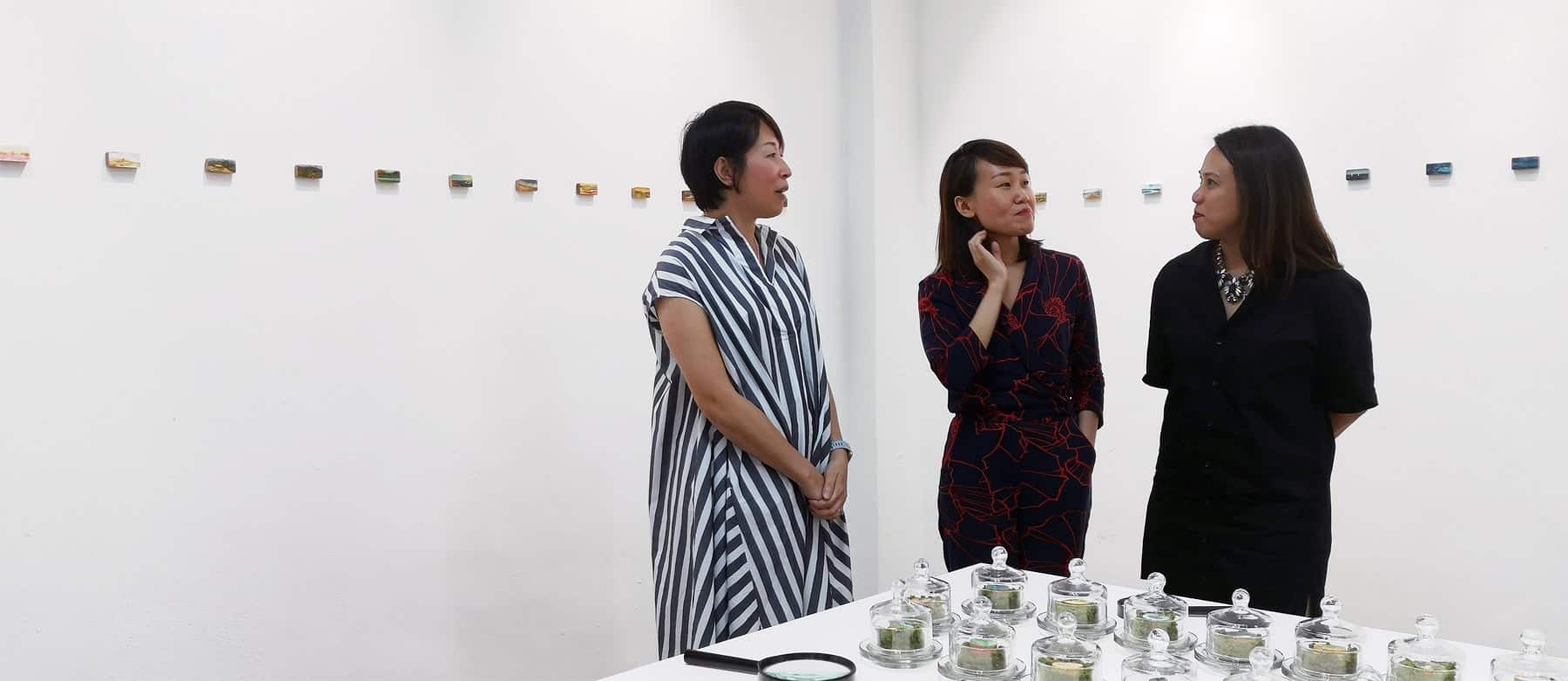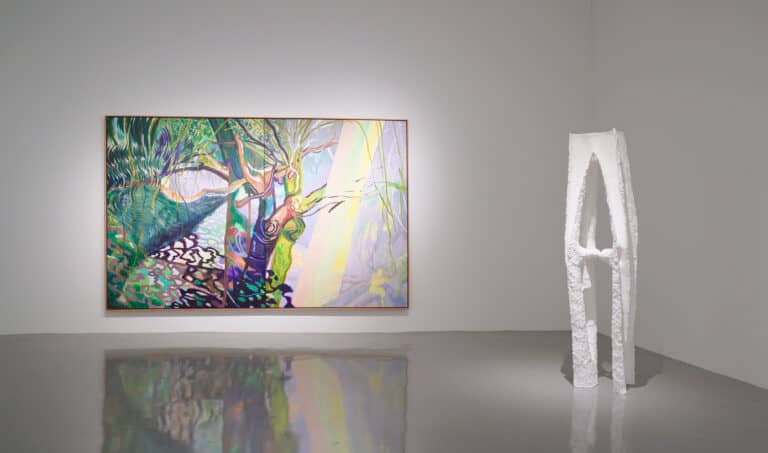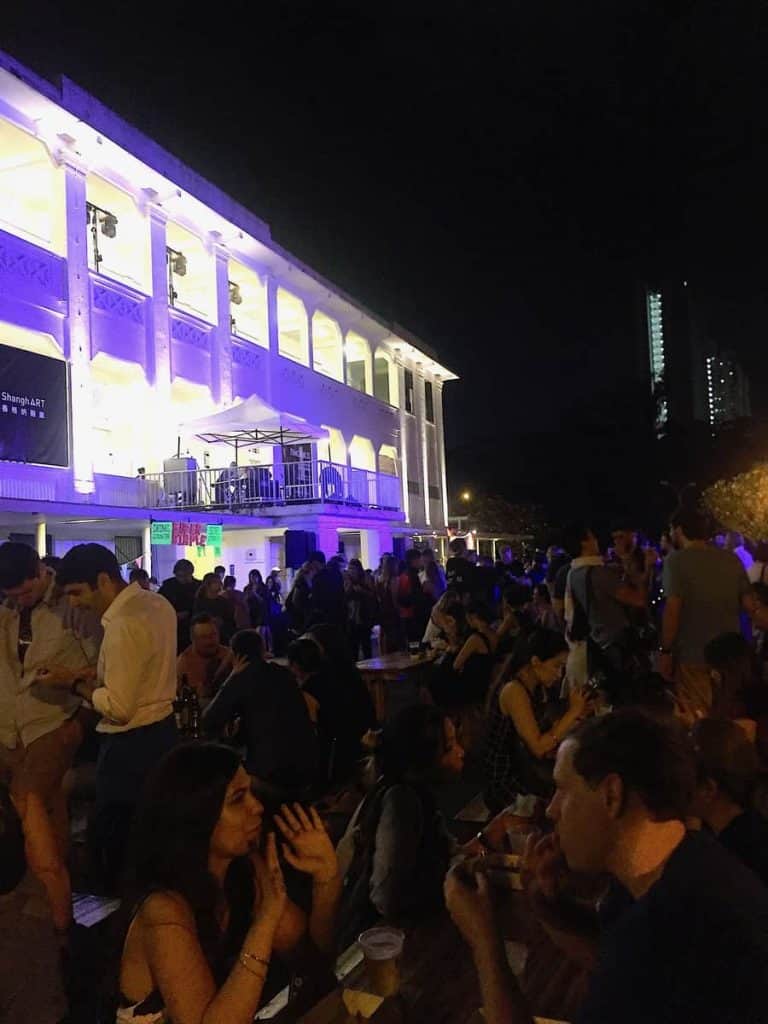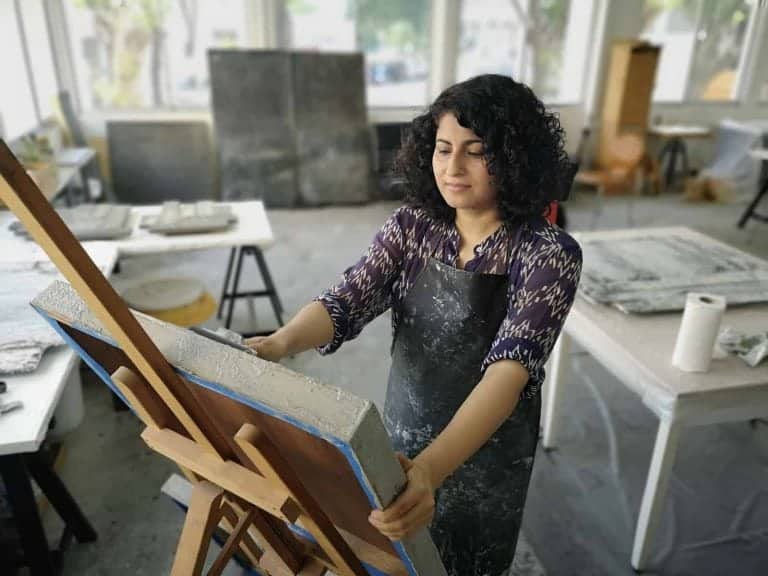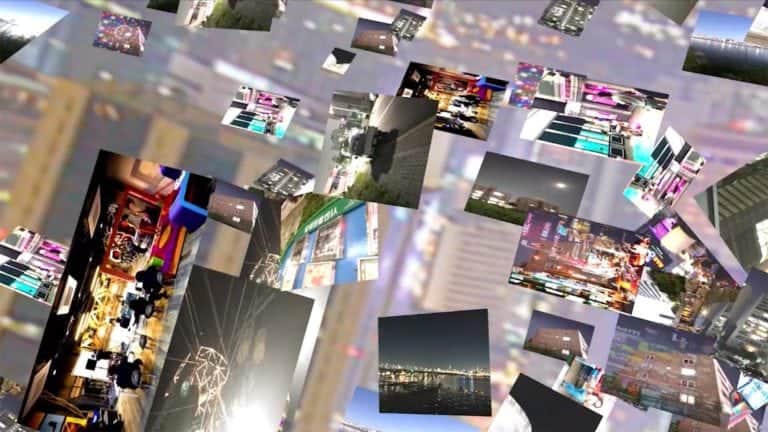My journey to SEED The Art Space turns out to be much longer and more arduous than expected.
I take several wrong turns and walk up endless flights of stairs, only to land at the wrong destination each time. Visitors be warned: the signage at the Herencia complex equivocates more than Macbeth’s witches. Some might even say that my journey is a fitting allegory for the start-up experience—go left, go right, go upstairs, downstairs, get terribly lost, start back at square one, and repeat.
Thankfully, I eventually locate the right elevator and manage to arrive safely in the space that collectors Lourdes Samson and Connie Wong have opened together with public servant Ivy Lam and design and media educator Tina Jailani.
I am meeting three of the founders today – Lourdes (Lou), Connie and Ivy – to find out more about their new project, and am immediately struck by their warmth and by the friendly, collegial vibes that bind them. They have been friends for some time, having met a few years ago while undertaking the Master’s in Asian Art Histories (MAAH) at LASALLE College of the Arts. It’s a programme that seems to be fast developing a reputation for arts entrepreneurship – its alumni include gallerists such as Marie-Pierre Mol, curator Loredana Paracciani, and the founders of this very magazine.

Does Singapore need another art space?
The first — and rather crude — question which comes to mind is perhaps this: “Why do we need another art space in tiny Singapore, and what do these folks have to offer?”
The ladies attack my question with candid gusto.
“You could say that there are a lot of galleries that are doing similar things, but we are different as we are less restricted, and more focused on enabling ideas,” explains Connie.
Lou chimes in, adding that SEED is also different because of its research-based focus.
“(We) want to be able to create our own community,” she adds, “we want to leverage on our networks of artists, curators, and academics so that we can add value to the practices of the artists that we might be curating.”
Exhibitions appear to be the mere tip of the iceberg where SEED’s work is concerned, as the initiative has plans to offer educational programmes, workshops, artist talks, residencies, and to launch projects where more established artists can mentor younger ones. The idea, Lou explains, is that sales from exhibitions will be applied towards “sustaining other projects, moving forward.”
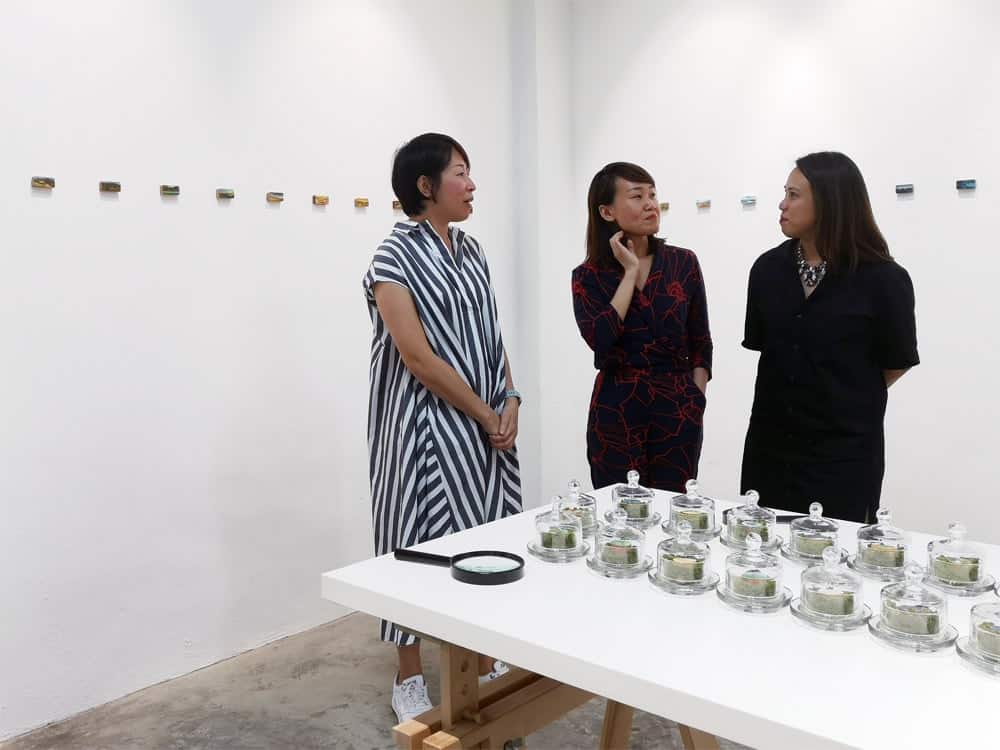
The conversation takes on a decidedly practical colour, testament perhaps to the different backgrounds of each of the founders. In her previous life, Connie worked as a financial markets professional, Ivy as a visual arts educator and Lou in the field of brand management and marketing. The founders’ various experiences lend an exciting and diverse air to the space, and it is clear that each party brings different strengths to the endeavour.
“I brought in a lot of the collectors…for the exhibition preview, and Connie fixed up the space. She got the contractors to put up the lights and an extra wall. Ivy was in touch with Ernest (Chan) and in charge of getting the works in on time. And then we had Tina who was basically our liaison for the exhibition catalogue and the designers,” explains Lou.
The first show organised by SEED as a pre-launch initiative was an exhibition of 100 miniature paintings by Ernest Chan, an artist (and lecturer at LASALLE) whom Ivy had previously worked with on National Arts Council projects. The artist had wanted to expand his repertoire, from working with extremely big works to scaling down and producing smaller ones. As Ivy explains rather poetically:
“We chose Ernest…because we started out with the philosophy of a seed. A seed is something very small but with a lot of potential. (Artistic) miniatures are also representative of what we hope to achieve through SEED — the idea that every small thing has a huge potential for something great.”
She energetically exclaims, “if you look at the artworks presented here, Ernest has condensed the essence of a magnificent landscape into something very tiny. Yet, the works still give you the same sensual feeling of nature.”

The founders are sanguine about their journey. When asked about the best part of the process of setting up the art space, Lou had this to say: “I think the best thing about this show is that we got everything done in such a short period of time.”
And when asked about what the worst thing was, she chortles, “Having to do everything in such a short period of time!”
The sisterhood is strong with this group, and the ladies exude relaxed vibes, often stepping in to finish one another’s sentences. There are no awkward interruptions or speaking out of turn, just an easy air of collaboration and mutual respect. Two of the co-founders of SEED are presently engaged in full-time employment, a fact that the ladies speak about frankly, acknowledging the difficulties in ensuring an even spread of the workload involved in setting up the space.
On jobs in the arts and the value of an arts education
The topic turns to the jobs available for art-trained graduates and the mood turns slightly more sombre. Lou ruefully observes that most of her MAAH classmates have returned to their jobs in the corporate world because “there are really no opportunities for new graduates to get into the art world.”
She offers the following explanation: “Art jobs that are available require previous experience in whatever field it is. Even if it’s a curatorial role that’s available in the National Gallery Singapore or the Singapore Art Museum, you need three years of previous curatorial experience to do that. If you’re a newly-minted MA graduate – who has that kind of experience?”
It’s a sentiment that I personally quite agree with and there are vigorous nods all around when Lou exhorts, “It’s sort of like a vicious cycle. Unless you branch out on your own, or you go back to your previous job, it’s very difficult to actually make a living out of your MA.”
Ivy offers a glimmer of hope though, sharing with the group the fact that the LASALLE MAAH programme “has helped to open the doors” to a present teaching opportunity in arts management at the Nanyang Academy of Fine Arts.
Connie adds that the MA has “empowered her with the confidence” to participate in the arts scene, and all three concur that they have built solid networks as a result of having undertaken the course of study.
So why should people visit SEED?
As our chat draws to a close, Ivy is clear on the reasons why SEED is different and why people should visit the space:
“We’re not a gallery, in the sense that we (don’t) have a gallery sitter sitting here, talking to you about artworks and about price. First and foremost, we hope to be the bridge between the artist and his or her audience, and our priority is to work with our artists… because we believe in the things that they do and in what they are going to achieve. We are also a bridge between collectors and those who want to learn about collecting, as well as researchers. We’re an inclusive space, so I would say come to SEED for big ideas and to be part of our community.”
The ladies’ enthusiasm is infectious, and their dedication to building their space is apparent in spite of tight deadlines and the tedious minutiae of administrative details. Our interview ends with offers of cakes and crisps, and the space is punctuated with cackles and hoots of delight as the women shoot the breeze about their day.
In a busy, unrelenting and sometimes-difficult city, SEED is an easy space. One that’s filled with laid-back vibes and the relaxed camaraderie of a group of chums united in a common purpose to support and promote the arts in Singapore.
My physical journey to SEED The Art Space might have been long and arduous, but I’m so glad that these ladies have found their place.
_______________________
SEED The Art Space opens to the public at the end of April 2020. Contact seedtheartspace@gmail.com for enquiries on Ernest Chan’s work.
